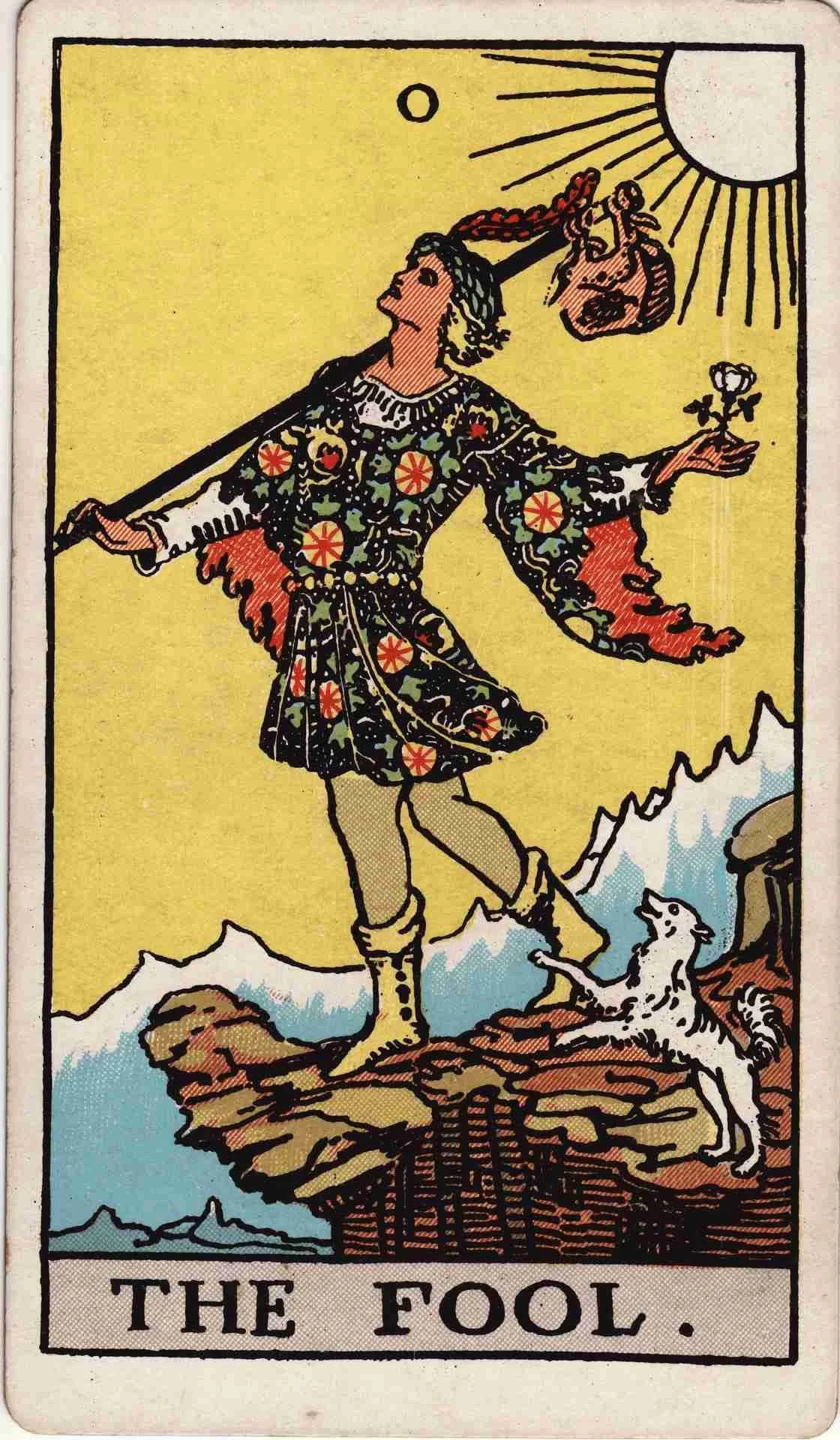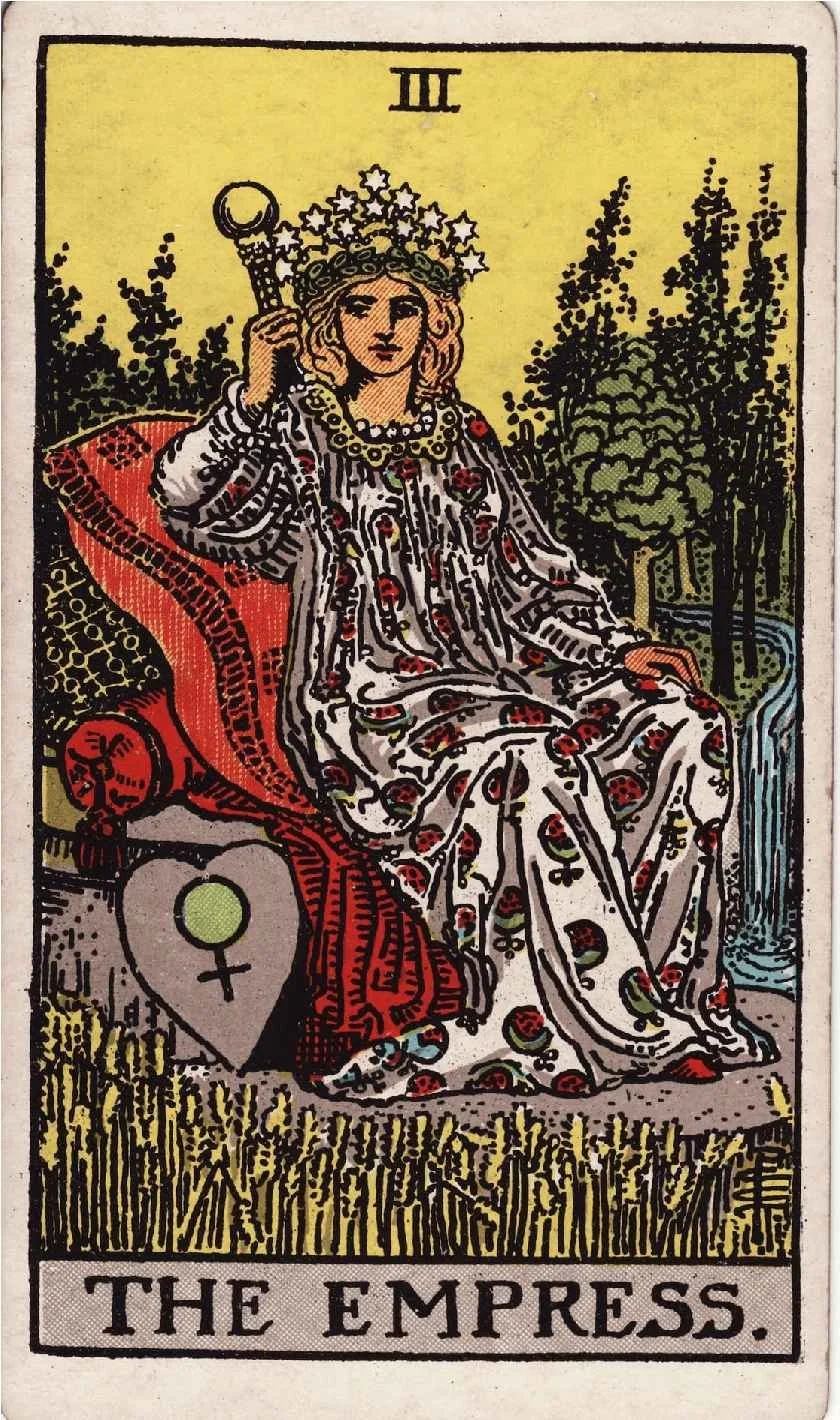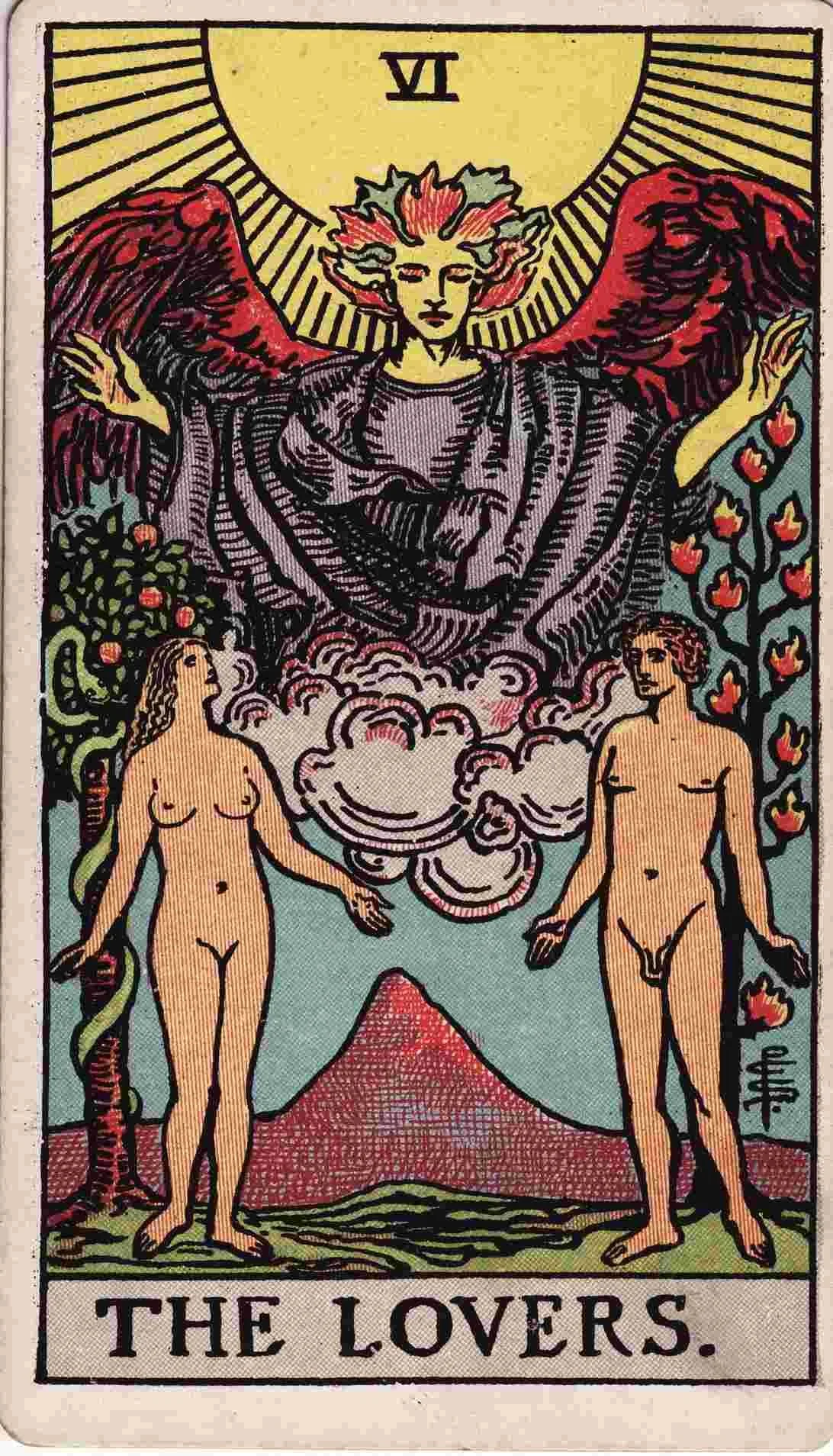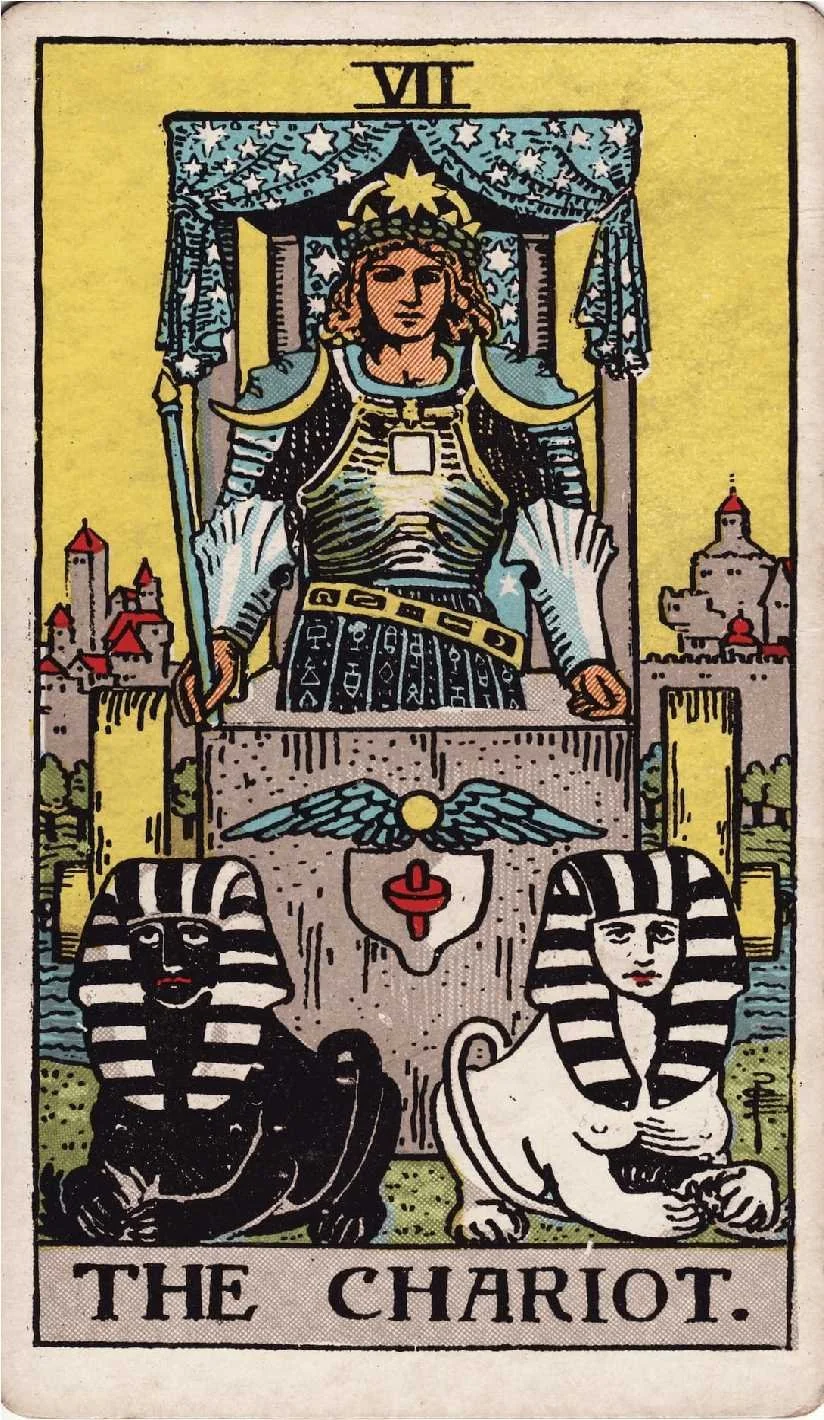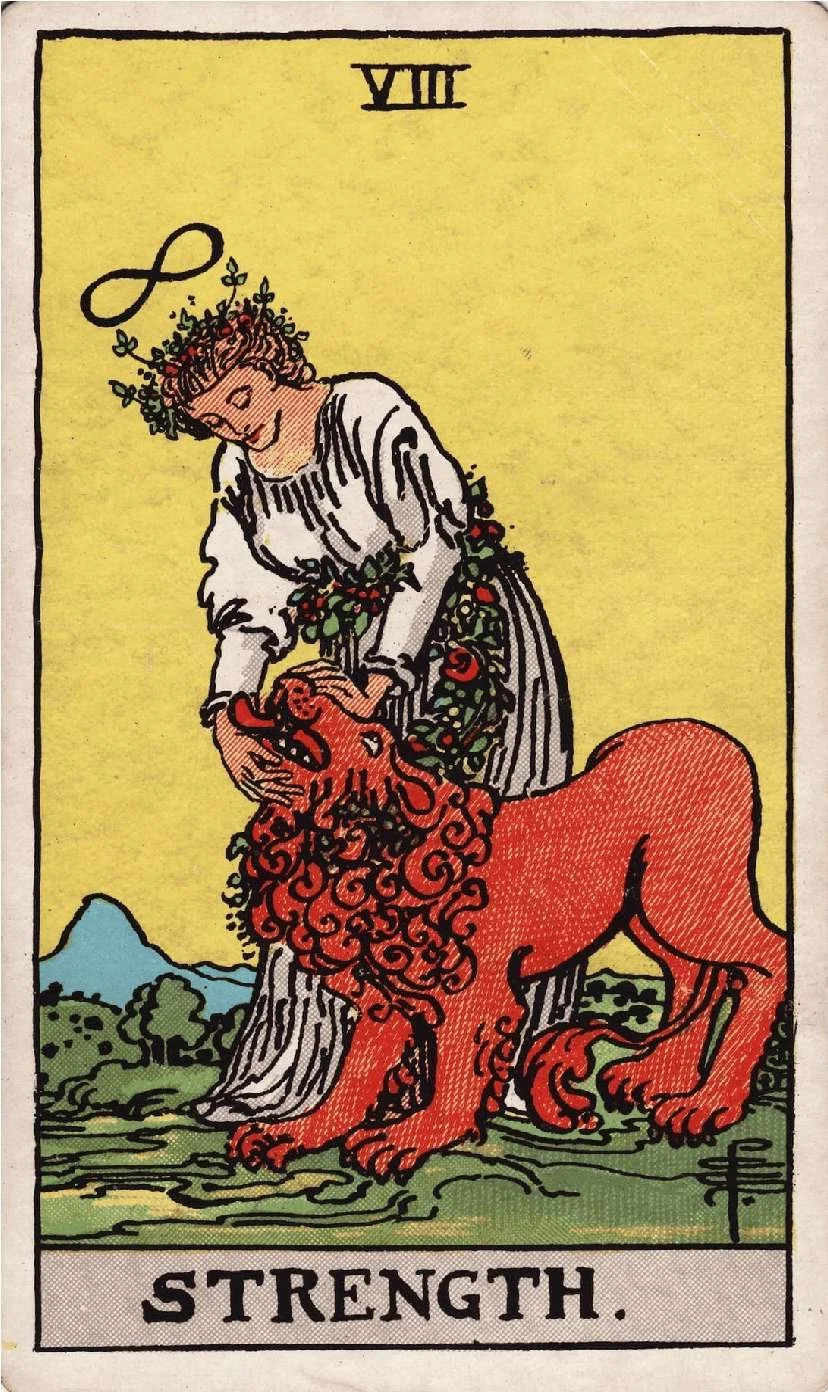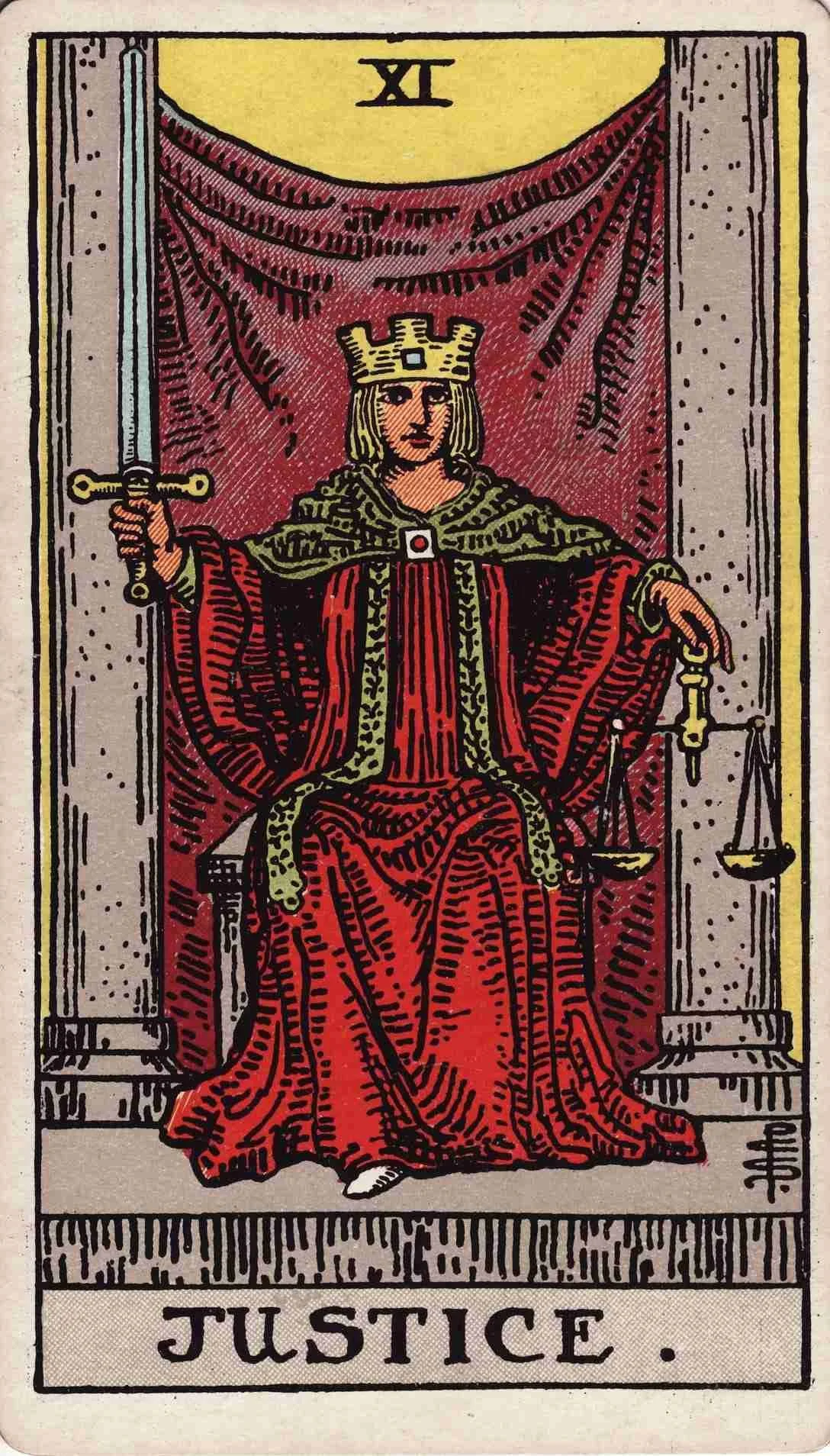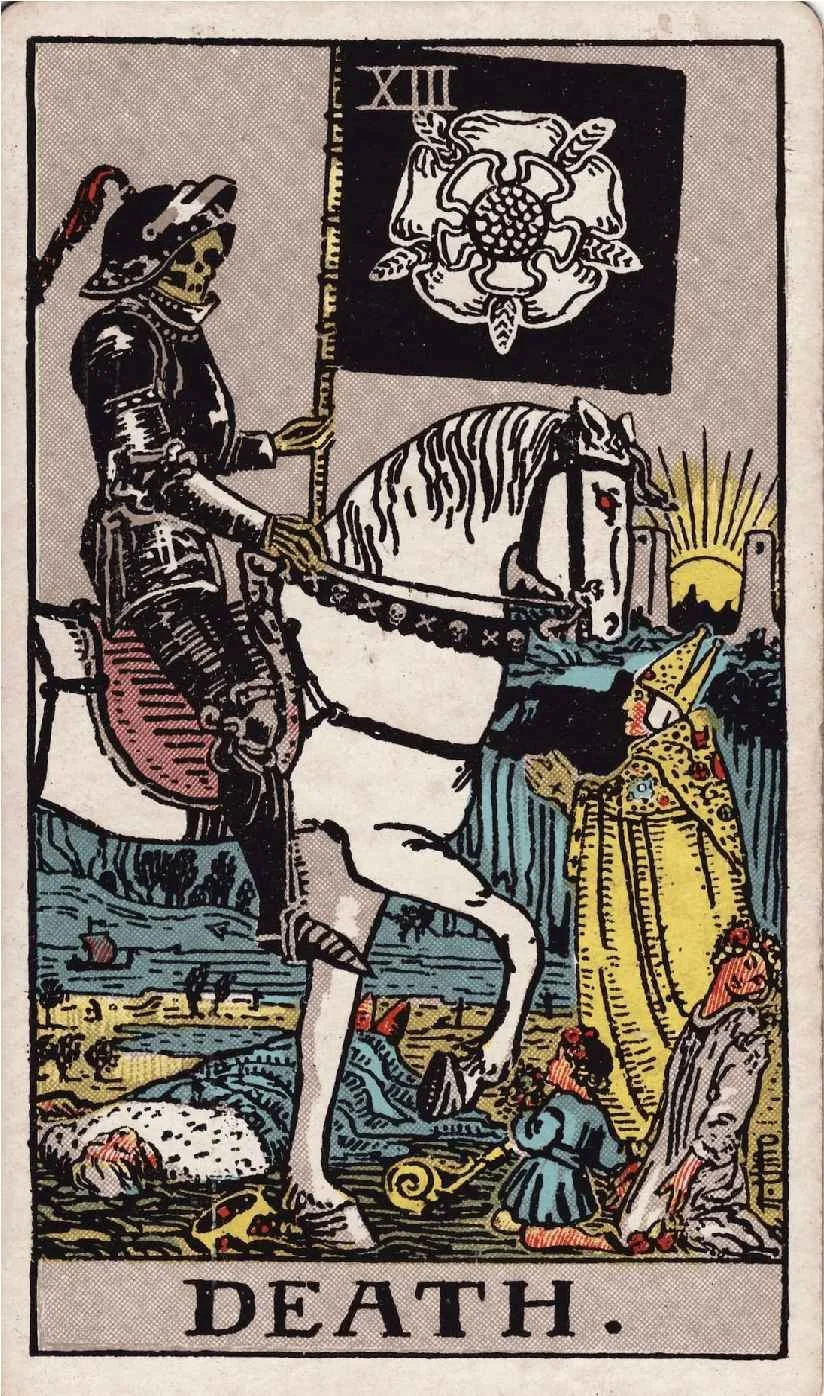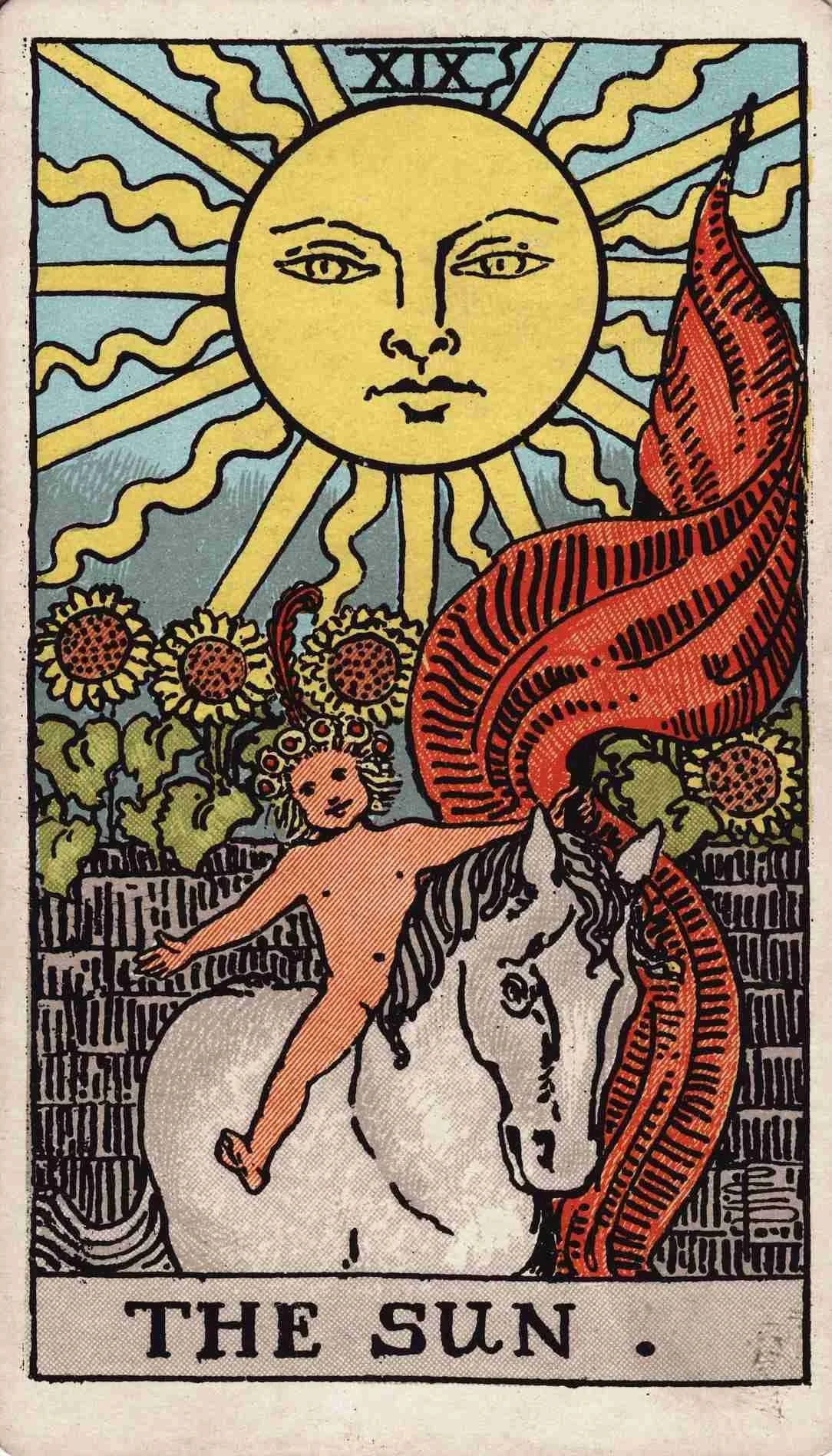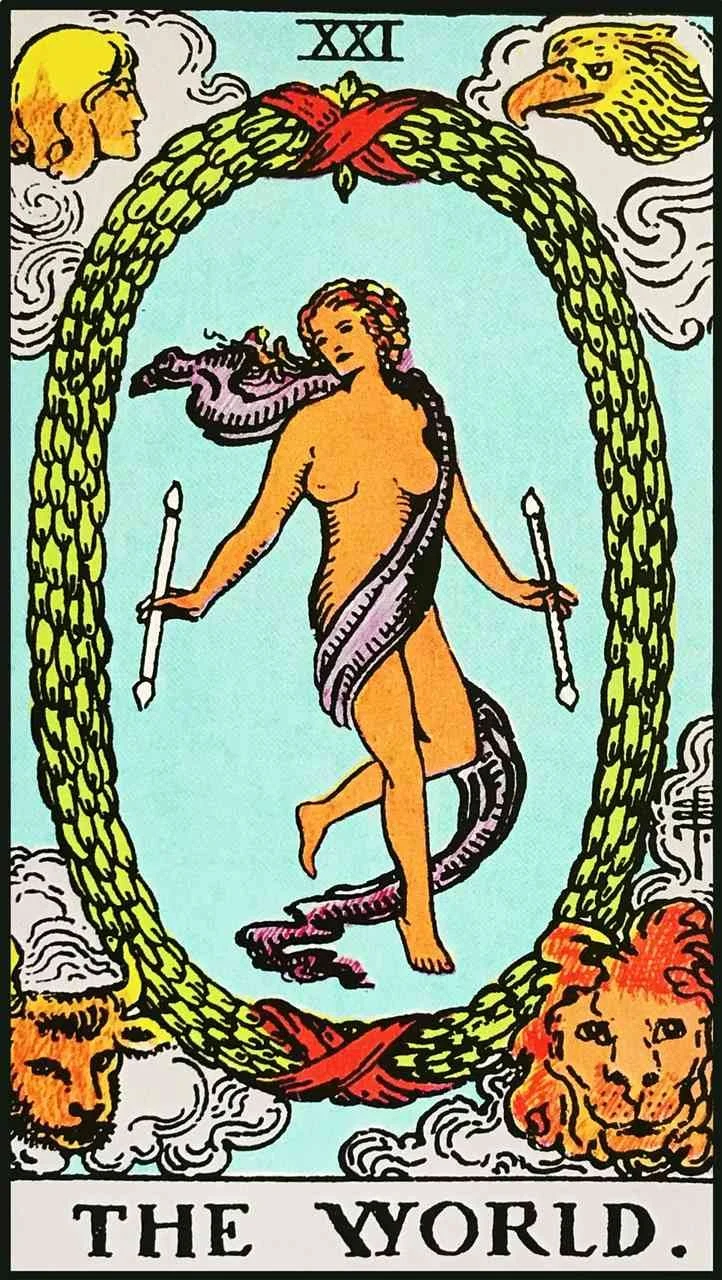The 22 Major Arcana: RWS Tarot Card Meanings
The 22 Major Arcana cards of the Rider Waite Smith (RWS) tarot system represent universal laws and significant spiritual themes in your life.
When a large number of Major Arcana cards appear in a tarot reading, it often means the situation at hand is fated or relates to an important lesson on the spiritual path.
The 22 ‘Major Arcana’ cards of the Rider Waite Smith tarot deck (1909).
The RWS Major Arcana Explained
The Term ‘Major Arcana’ (Greater Mysteries) was invented in the 1800s by Jean-Baptiste Pitois (pseudonym Paul Christian). It refers to ancient esoteric ideas about the universe; it’s creation, cycles, and laws. That might be the idea of fate in the Wheel of Fortune, initiation with the Magician or spiritual regeneration with the Judgement card.
Waite adopted the Major Arcana term in continuance of the esoteric community’s speculation on the origins of the tarot cards. Although Waite firmly rejected the popular Egyptian origins theory, he did contrive the RWS Major Arcana cards to depict a perennial philosophy based on the teachings of a now famous Rosicrucian group that he had joined: The Hermetic Order of the Golden Dawn.
Tarot Readings & The RWS Major Arcana
what do lots of major arcana cards mean?
When you get many Major Arcana cards in a tarot reading, it may mean that the themes of the reading, and the lessons to be gleamed from them, are highly significant and perhaps even fated. You may wish to meditate on one Major Arcana card that draws your attention (especially if it is in an outcome, advice or hidden energy position).
Scary Cards (Death, Tower, Devil): Can I Take Them Out Of The Pack?
Although these “scary” cards are allegorical, there are certainly professional contexts (such as parties) in which you may find it appropriate so as to avoid upsetting the room. Use your discernment.
RWS Major Arcana & Minor Arcana
Whilst the term ‘Major Arcana’ mean Greater Mysteries, the term ‘Minor Arcana’ means Lesser Mysteries.
The term ‘Greater’ here does not mean better or more important. It refers to the scale of the ‘mysteries’. As already mentioned, the Major Arcana cards symbolise the large, universal forces and archetypal energies that make up the macrocosm; the universe as a whole. The Minor Arcana, in contrast, represent the microcosmic forces and energies: the specific, day-to-day situations and events of a human life. This distinction is based on the Hermetic principle of "as above, so below," where the great universal patterns are reflected in the smaller events of our lives.
For example, everyone deals with issues related to The Devil; temptation, bondage and vice, throughout their entire lives. It is inevitable then, that this card will sometimes overcome us. But we still have a choice in every new moment to decide whether we will act on anger (5 of Wands), cheat to get ahead (7 of Swords) or continue to depend on external pleasures for emotional suppression (9 of Cups). These daily choices that we make are usually represented in the Minor Arcana.
In the mystery traditions, (which have existed from ancient times and continue today) candidates always go through the lesser mysteries first for around 1-5 years. This is a preparatory and purificatory phase which subjects the candidate to various tests and trials. Only a small number of initiates to the Lesser Mysteries are ever found worthy to be received into the Greater Mysteries.
Can you read The RWS tarot with Only the major arcana?
The RWS tarot deck specifically is designed to be read as a whole. However, it can be very helpful to concentrate on the Major Arcana only when you are learning. This is a known and accepted practice.
Learn The RWS Major Arcana Meanings
Click on a card image to learn about its modern meanings in the Rider Waite Smith (RWS) system.
Additional Notes On the RWS Major Arcana
The Fool’s Journey Through The major Arcana
Based on the esoteric meaning of this ‘KEY O’, The Fool’s journey sees the incarnated soul travelling along the other 21 Major Arcana cards. He does this to learn lessons about the mysteries of life, an allegory for his journey to enlightenment (freedom from the bonds of matter). This narrative was invented in the 1970s by the once renowned tarot author, Eden Gray.
Keys To the Mysteries
The RWS Major Arcana cards all have the word “KEY” before their number (written in Roman Numerals). In this context, a “KEY” is some esoteric symbolism of a card which points to some sort of mystery (hidden truth of life) that is only discernible to initiates.
For example, in KEY O: The Fool, our humble adventurer has 8-spoked wheels on his clothes. This is a deliberate allusion to the 5th occult Element of Spirit or Quintessence, that Element which precedes the four more known occult elements of Earth, Air, Fire and Water (those same Elements to which each of the Minor Arcana Suits correspond). The significance of this element on the fool’s dress is something like the soul incarnating into matter to gain experience of the world. Meanwhile, the barking dog is the doubt and noise of the lower, instinctual self.
Emblematically, this card points to the mystery of reincarnation; the soul’s enmeshment in matter until he can escape it’s binds (reach enlightenment) through spiritual initiation. This would include, among other things, learning to listen earnestly to the Divine wisdom of his immortal Spirit before the impulses of the lower self. This latter symbolized by a barking dog, we might infer (among other things) that spiritual counsel is often contrary to earthly wisdom.
Arthur Edward Waite’s Occult Influences
The Major Arcana of the Rider Waite Smith (RWS) deck were designed to depict universal esoteric ideas from perennial philosophy, or the “ancient wisdom tradition”. Among these cards is symbolism from Jewish, Christian, Persian, Egyptian and Greek mystical traditions.
This was because Arthur Edward Waite, along with Pamela Coleman Smith (the female artist whom he commissioned to illustrate the deck), was an initiate of a 19th century Rosicrucian order which claimed to teach ancient wisdom. This group was called the Hermetic Order of the Golden Dawn and was co-founded by three Master Masons.
But literal Chief among them was Samuel Liddell Mathers, later known as McGregor Mathers. It was Mathers who wrote Book T, a system of supposed tarot correspondences to astrology and the Kabbalah (“reception”), a form of esoteric Jewish mysticism which was very popular among the Rosicrucians. And in particular, Mathers connected the 22 Major Arcana tarot cards to the 22 exoteric paths of the Kabbalistic tree of life.
Waite, inspired by Mathers, had the Rider Waite Smith cards drawn based on the esoteric correspondences described in this Book T.
Continue Learning: Read the Full RWS Cards In Context Series
This article is part of a comprehensive series on the RWS tarot system called RWS Cards In Context. If you enjoyed it, consider exploring the full series.



